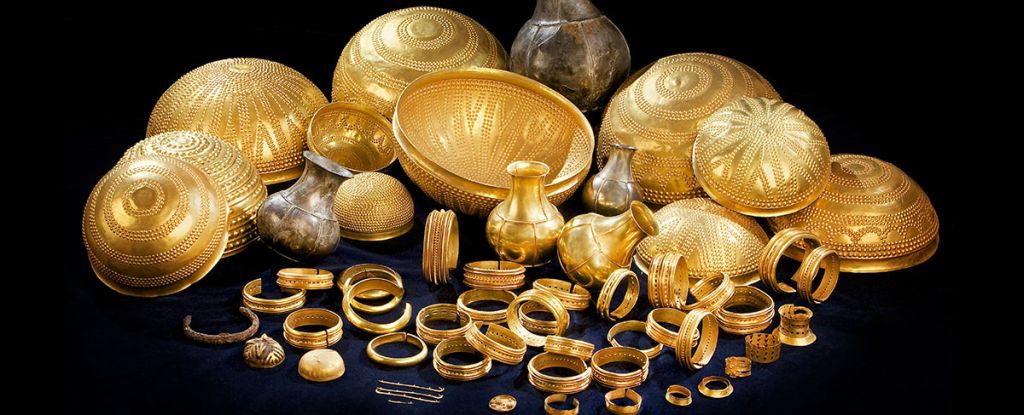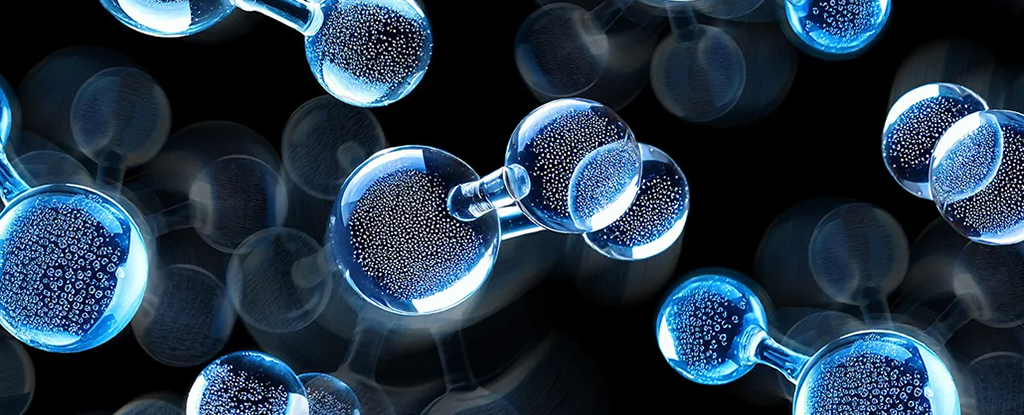In all our explorations of Mars to date, no evidence has been found that meets the rigorous standards to claim that we have conclusively found life.
But, decades ago in the 1970s, when the Viking landers became the first US mission to safely land on and explore the red planet, we may have been close.
One researcher raises the possibility that life existed in a sample of Martian soil. And then, in our quest to sniff it, we snuffed it out. Just like that.
According to astrobiologist Dirk Schulze-Makuch of the Technical University Berlin in Germany, an experiment to detect the signs of microbial life on Mars could have been deadly.
In a column posted to Big Think last year, and in a commentary published in Nature Astronomy in September, he speculates that our very methods may have been destructive in and of themselves.
If so, it’s essential for us to consider thoroughly the ecology of Mars when designing future experiments. And, Schulze-Makuch advises, humanity ought to send another mission, dedicated primarily to the search for life, with these considerations in mind.
When they landed on Mars in 1976, the two Viking landers had a list of objectives. One of those was to perform a set of experiments designed to test the Martian dirt for biosignatures – traces of molecules that indicate the presence of life.
To date, these have been the only dedicated biological experiments performed on Mars.
One of those experiments, the gas chromatograph-mass spectrometer (GCMS), found chlorinated organics. At the time, that result was interpreted as contamination from human cleaning products, and thus a null detection for signs of biology.
We know now that chlorinated organics are native to Mars, although whether they are produced by biological or non-biological processes remains unknown.
There has been some speculation in recent years about the destructiveness of the Viking biological experiments. The GCMS needed to heat the samples to separate out the various materials therein. That, subsequent analysis revealed, could have incinerated the very organics it was hoping to find.
Now, Schulze-Makuch suggests that other experiments could have destroyed evidence likewise; namely, the labeled release and pyrolytic release experiments, which involved infusing Martian samples with liquid, then testing the results for evidence of metabolism and photosynthesis, respectively.

The results suggested a positive signal, which seemed at odds with the null results of the fourth experiment, the gas exchange. This was, and remains, confusing, Schulze-Makuch writes.
But the release experiments were likely poorly conceived, in retrospect. At the time, we assumed that life on Mars would be like life on Earth and thrive in the presence of water – the more the merrier.
But, as we have more recently learned, life can optimize itself to thrive under very dry conditions. And Mars is very dry.
Change those conditions, and the thriving may very well stop.
“Now let’s ask what would happen if you poured water over these dry-adapted microbes. Might that overwhelm them? In technical terms, we would say that we were hyperhydrating them, but in simple terms, it would be more like drowning them,” Schulze-Makuch explained in his column.
“It would be as if an alien spaceship were to find you wandering half-dead in the desert, and your would-be saviors decide, ‘Humans need water. Let’s put the human in the middle of the ocean to save it!’ That wouldn’t work either.”

Interestingly, he points out, the life signs identified in the pyrolytic release experiment were much stronger in the dry control run, which did not add water to the sample. So it seems natural to wonder, as others have: did these experiments detect signs of life that we dismissed?
Those signs, to be clear, are still contradictory and far from conclusive. However, they may warrant further investigation.
Schulze-Makuch proposed back in 2007 that Mars may host dry-adapted life that incorporates hydrogen peroxide. The Viking results, he and his co-author Joop Houtkooper assert, are not incompatible with this hypothesis.
“If these inferences about organisms surviving in hyperarid Martian conditions are correct, then rather than ‘follow the water,’ which has long been NASA’s strategy in searching for life on the red planet, we should in addition follow hydrated and hygroscopic compounds – salts – as a way to locate microbial life,” Schulze-Makuch concludes.
“Nearly 50 years after the Viking biology experiments, it is time for another life detection mission – now that we have a much better understanding of the Martian environment.”
The commentary is published in Nature Astronomy.
An earlier version of this article, prior to the new Nature commentary, was published in August 2023.





